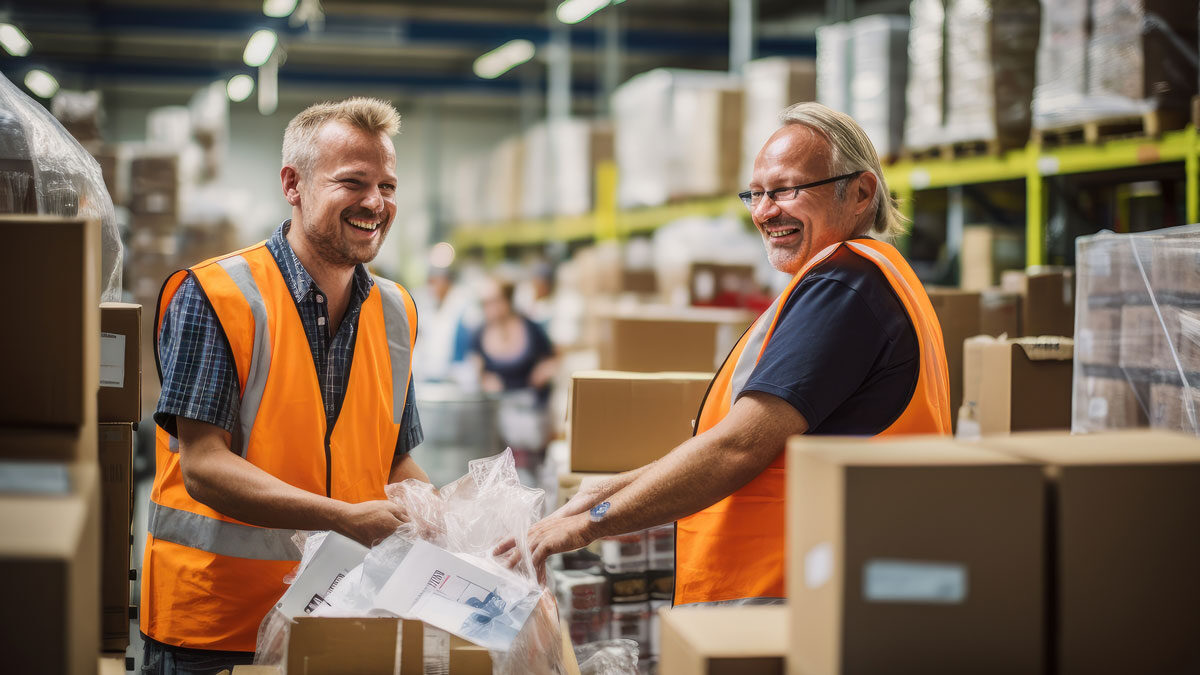
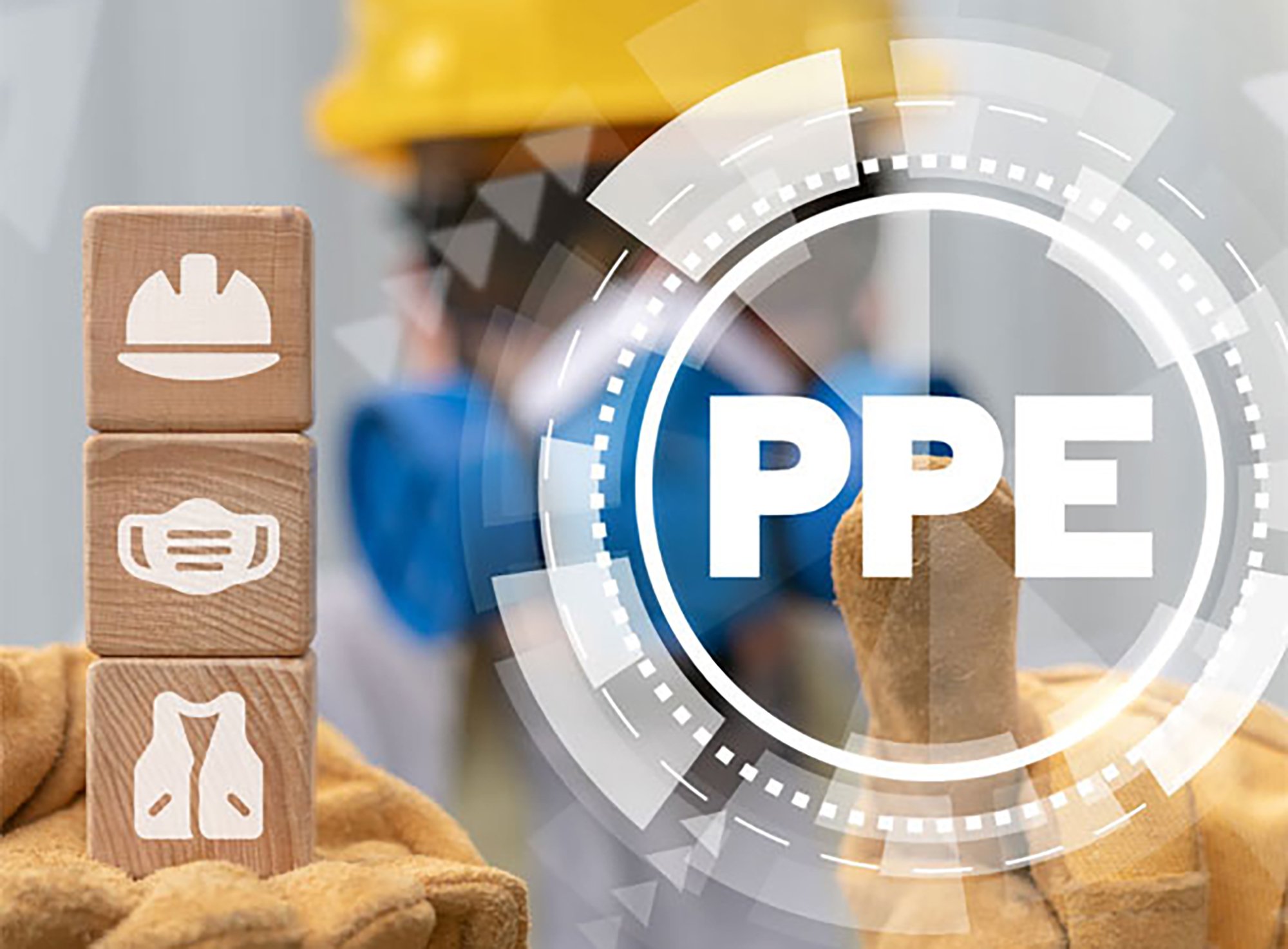
Avian Flu H5N1 has brought a spotlight back to the world of personal protective equipment. In fact, the CDC released new recommendations in May with specific PPE protocols.
However, proper PPE is an evergreen tool for own protection as well as food safety regardless of new potential contaminants.
Recently, Nelson-Jameson joined the Wisconsin Cheese Makers Association for a discussion where a panel of dairy industry experts discussed H5N1’s effect on PPE, innovations, and hidden costs when not using the best choices in PPE. Read on to learn more.
Protecting every area of the body with PPE is incredibly important when working with food ingredients. From boots to gloves to eyewear, protection helps prevent cross-contamination and injury. However, comfort and ease of use can be equally important.
And head and eye protection is exceptionally important with H5N1, as humans who have been impacted by H5N1 tend to have symptoms appearing in their eyes. The CDC has made the recommendation that safety goggles or face shields be worn.
Pete Butorac, Technical Sales Manager specializing in Safety & PPE for Nelson-Jameson, joined the panel to discuss the importance of eye protection among other protective headgear and offered some tips on what to look for during the evaluation of eye and head PPE.
Related: Start your Safety & PPE assessment with Nelson-Jameson today!
During the panel, Butorac emphasized the importance of comfort in addition to protection.
“The easier it is and the more comfortable it is, the more likely it is to be used—and that's ultimately what we need everybody to do is use the stuff that's going to protect them.”
Gloves are among the most consumable pieces of PPE in the dairy industry, but the cost goes far beyond the glove itself. As one panelist pointed out, gloves can cause obvious dermal issues and often-overlooked muscle issues. Glove tears can lead to increased glove thickness, which is more taxing on the hand and can lead to costly injuries.
Additionally, the hand is the most common site affected by occupational skin disease, impacting almost 2 million people with costs of up to $2 billion annually.
High-quality gloves benefit both employees and employers. Employees can minimize exposure to harmful chemicals and toxins while reducing pain and discomfort, which improves job satisfaction. Quality hand protection also improves organizational efficiency by reducing waste and employee time off for recovery.
With thousands of options with different materials, textures, lengths, colors, and shelf life, gloves are not one-size-fits-all. So be sure to find a supplier that is and can meet all of your unique needs.
Avian Flu H5N1 has resurfaced the conversation around PPE. It’s as important as ever to ensure that your team has equipment that is equal parts safety and comfort.
Nelson-Jameson is your single-source distributor for PPE, combining the expertise and technical support to protect your entire team while consolidating your supply management!

Jenna is Director of Product Management, driving innovation, streamlining processes, and enhancing procurement for growth and efficiency.
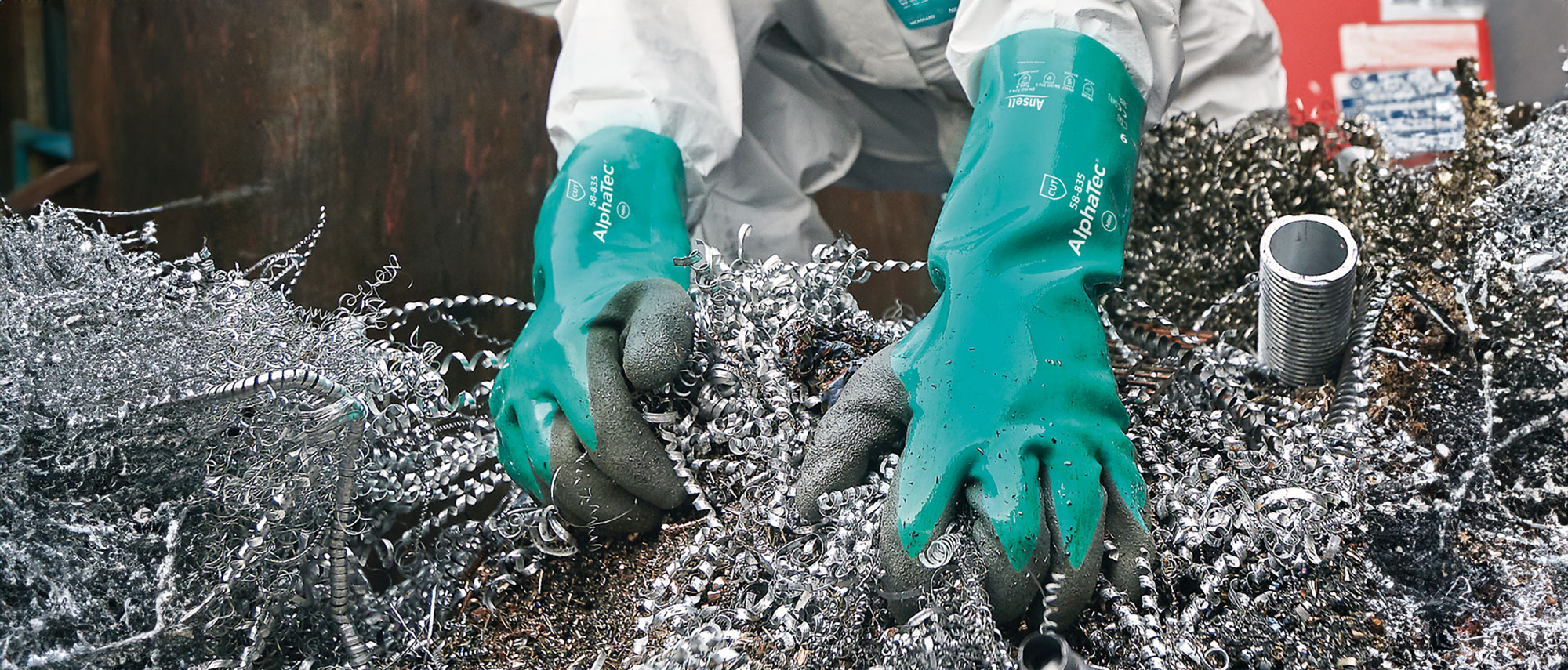
January 12, 2026
Gloves can force a choice between comfort and protection. But compliance, efficiency in usage, and worke...
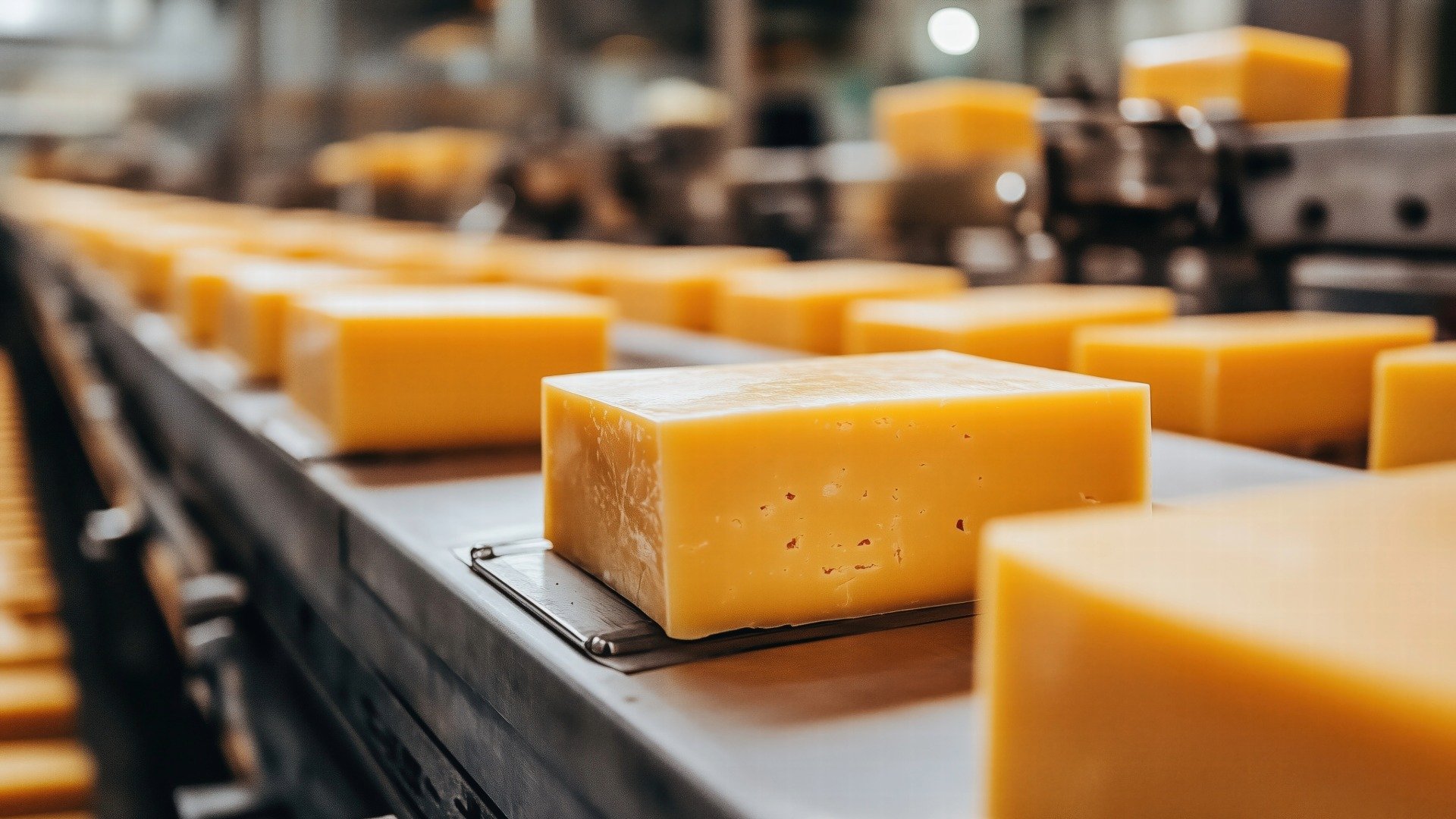
January 2, 2026
From regulatory updates to evolving needs for operational efficiency, food processors spent 2025 adaptin...
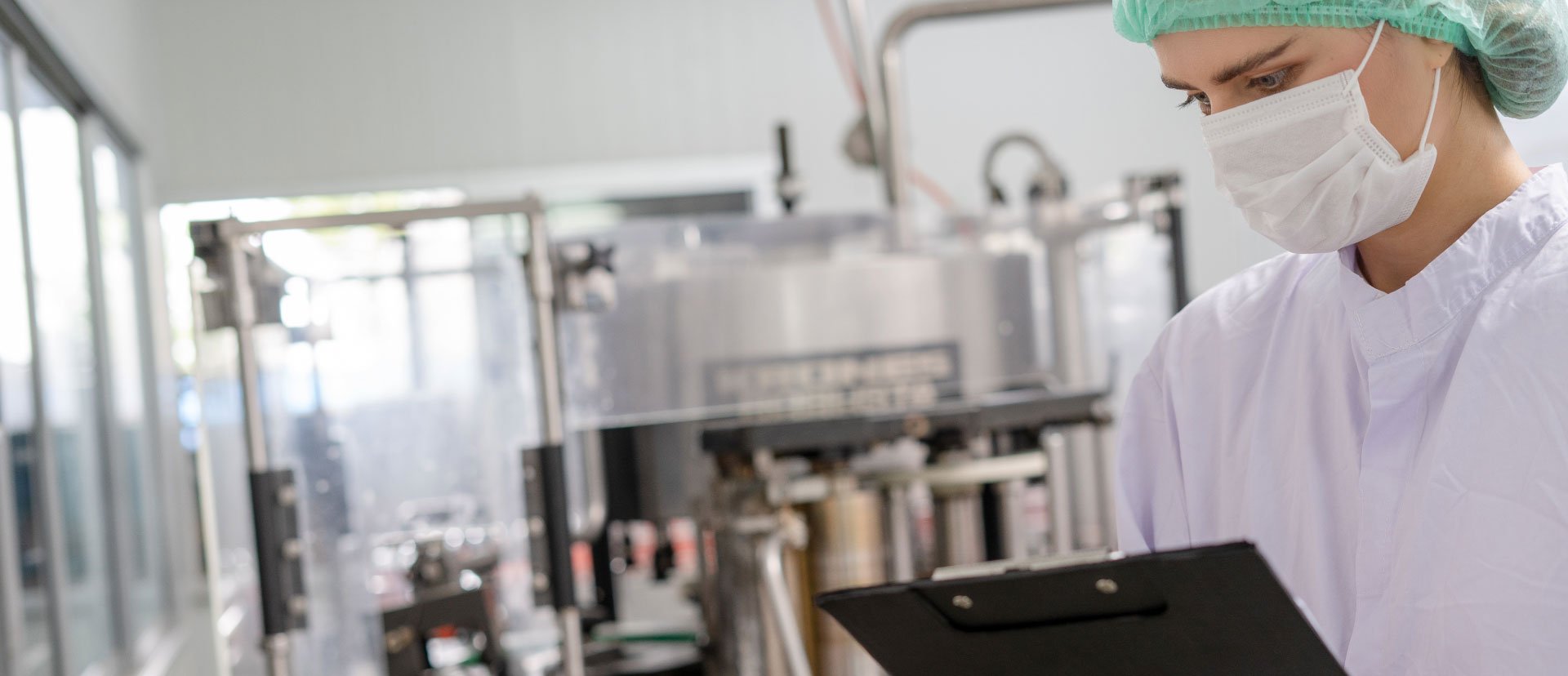
December 10, 2025
What is OSHA's Regional Emphasis Program (REP) for the food manufacturing industry? The OSHA Regional Em...